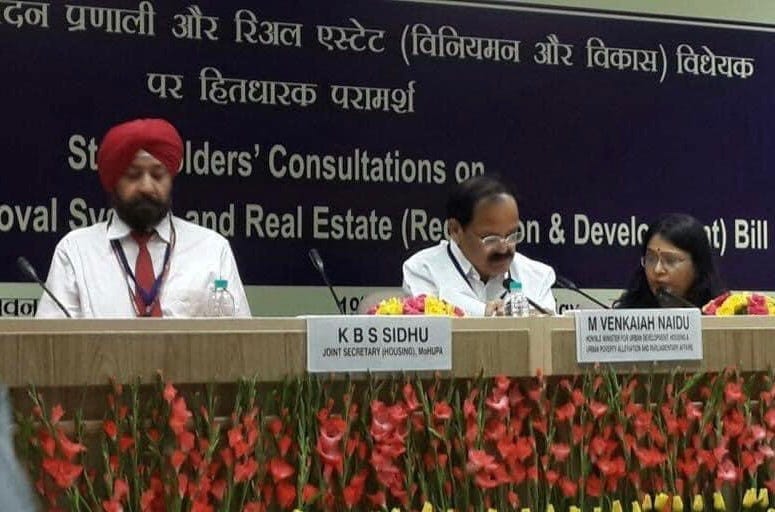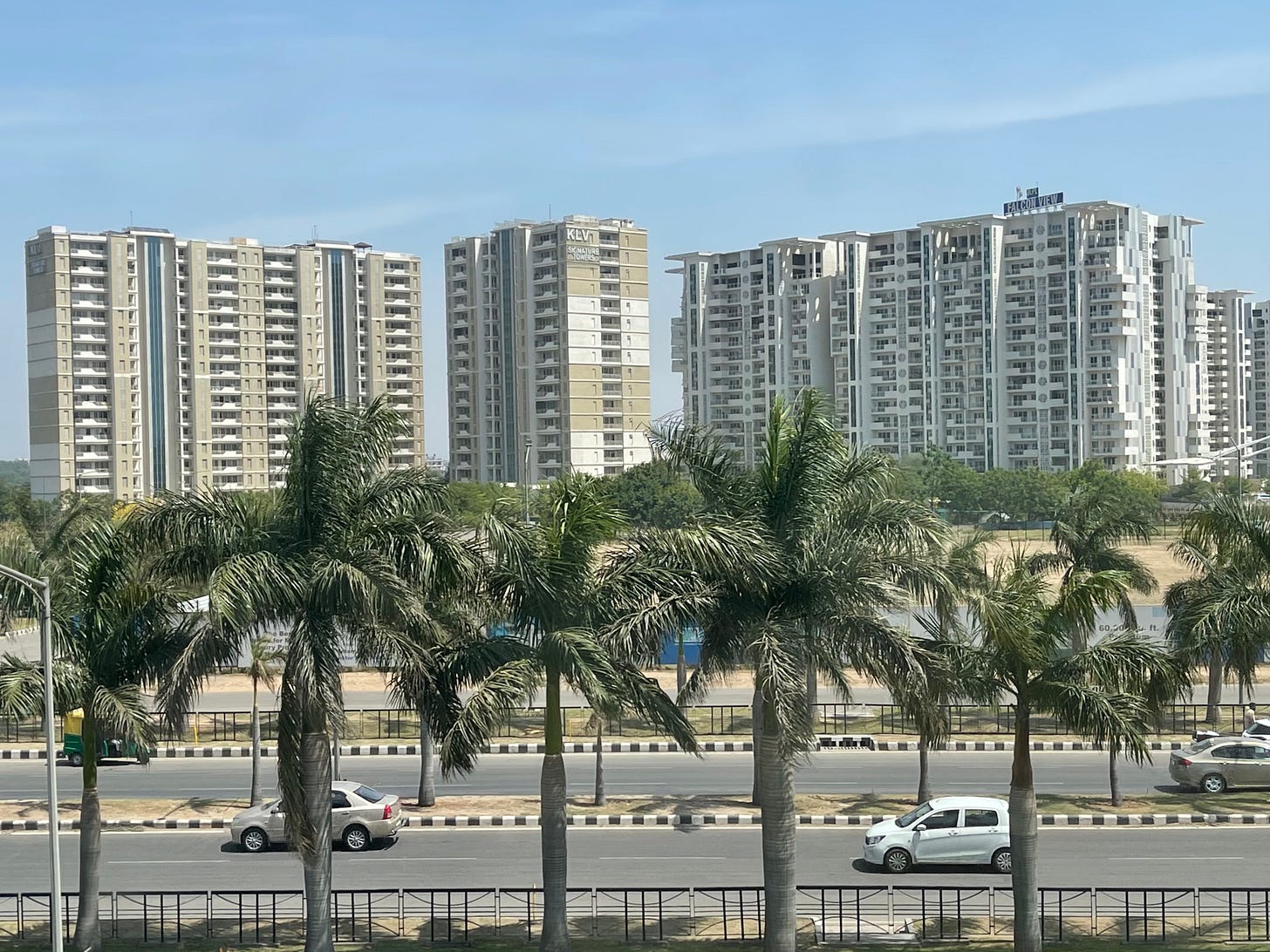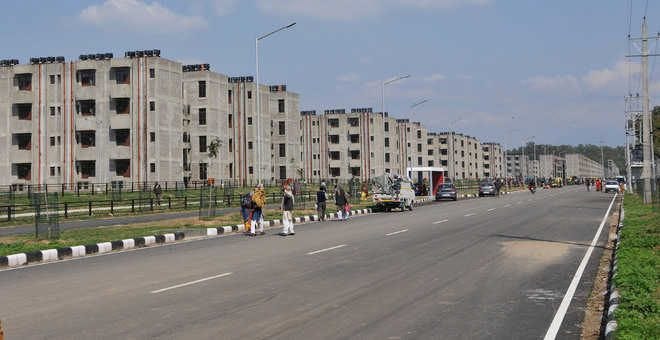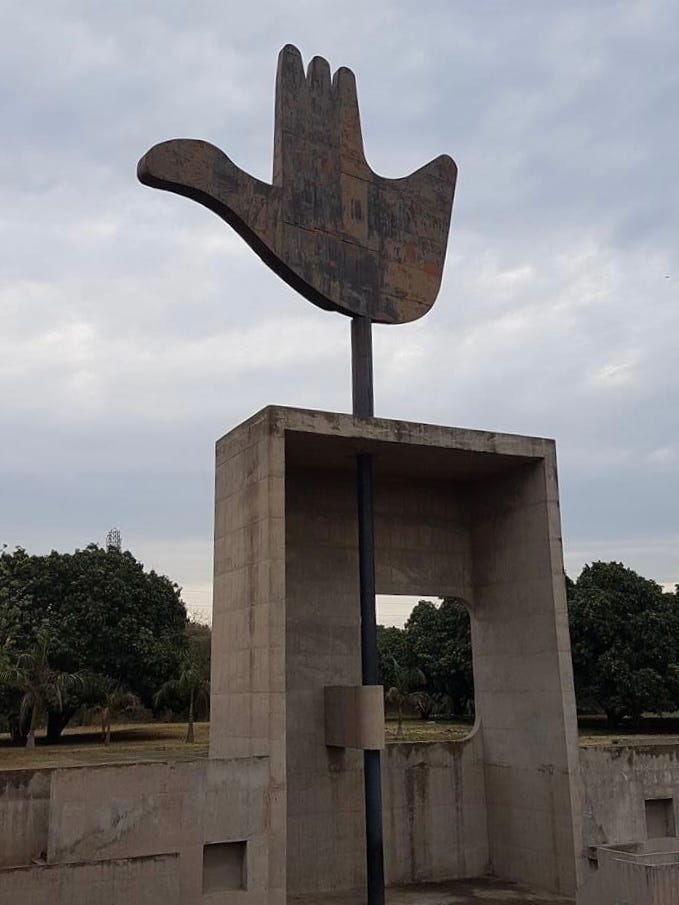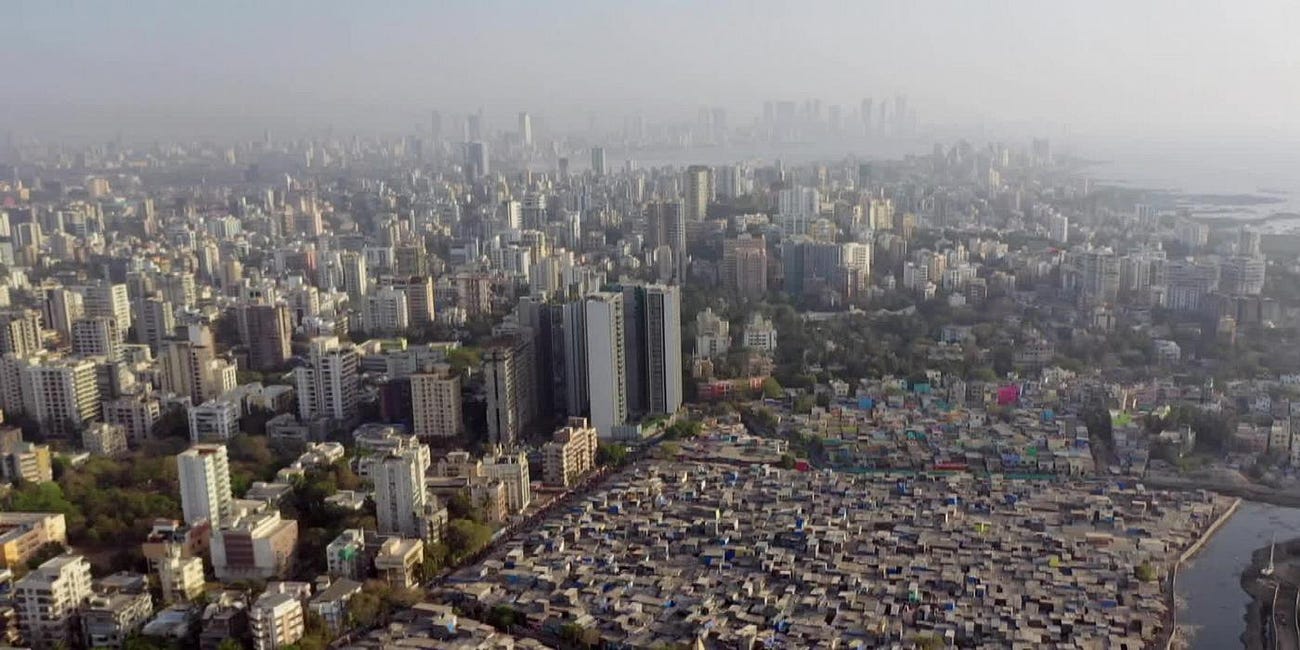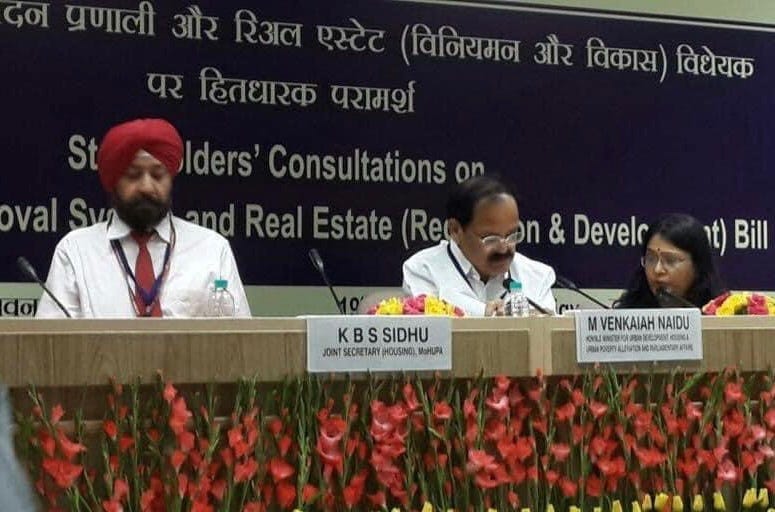Optimal and Sustainable Urban Development Model for Punjab
Integrating civic infrastructure, housing livelihoods, and environmental considerations while acknowledging the limitations of current regulations to create sustainable urbanization and towns.
Introduction
I have read with great interest the insightful and comprehensive article written by Prof. Sukhdev Singh captioned "The Crisis of Planned Urban Development in Punjab." In his analysis, the author sheds light on the fate of plots in licensed colonies approved by the Punjab Apartment and Property Regulation Act, 1995 (PAPRA) in comparison to the unapproved, unauthorized, and illegal colonies that are eventually "regularized" by the government. While Prof. Singh concludes that enforcing the law and holding officials accountable is crucial, it is essential to delve deeper into the challenges faced by successive governments in Punjab and propose an optimal solution that addresses the complexities of planned urban development1.
Understanding the Failure of Enforcement
One of the key questions we must address is why successive governments have been unable to enforce the stringent legal provisions of the law, particularly those outlined in PAPRA, which classify the development of unlicensed colonies as a cognizable offence. Moreover, we need to examine why different governments, spanning decades and varying political ideologies, continue to introduce “one-time” or last-time "regularization" policies. Additionally, we must explore the reasons why the establishment of the Real Estate (Development and Regulation) Act, 2016 (RERA), a central law aimed at curbing unauthorized development, has not been able to effectively rein in the proliferation of unauthorized colonies in Punjab, or for that matter, elsewhere in the country.
The Conscious Decision of End-Buyers
It is important to move beyond the notion that end-buyers are naive individuals unaware of the difference between approved and illegal colonies. In reality, many end-buyers consciously choose to cut corners and save money by investing in land within illegal colonies that lack proper civic amenities. On the other hand, PAPRA/PUDA-approved colonies offer several advantages. These include fixed saleable areas, minimum road-widths, and the obligation for developers to provide essential services such as water supply, sewerage connections, and electricity cables at the doorstep of each plot. Furthermore, approved colonies preserve green areas that cannot be sold off as plots, as is often the case in illegal colonies.
Gaps in Implementation and Regulatory Compliance
Despite the advantages offered by approved colonies, the implementation of these provisions often falls short. External Development Charges (EDC) collected from licensed developers, intended to provide definitive civic amenities in the vicinity of approved colonies, are frequently underutilized or deposited into the state exchequer. Bank guarantees, obtained as surety for completing internal development works, are rarely enforced. The responsibility for maintaining colonies during the initial five years rests with the developer, but long-term maintenance is not clearly defined. Eventually it must fall within the municipal body concerned or the homeowners association do to so. These gaps in implementing regulations contribute to the challenges faced in approved colonies and undermine their potential.
Stringent Regulations and Compliance
The real estate sector operates within one of the most highly regulated environments in terms of compliance. In addition to PAPRA and RERA requirements, developers must adhere to building bye-laws, ensure structural safety, and obtain clearances from multiple departments and agencies. The approval process involves engagement with forest departments, land revenue departments, drainage departments, police departments, and environmental authorities. “Change of Land Use” (CLU) from the concerned authority in the State Government, which scrutinizes compliance with the notified Master Plan of the area, and environmental clearance, requiring a public hearing in the form of "Environment Impact Assessment" proceedings, are additional requirements developers must fulfill. These stringent statutory formalities significantly increase the complexity and cost of executing approved colonies or group housing projects. It is important to acknowledge the intricacies of compliance faced by developers in this context, while discussing urban development2.
The Appeal of Unapproved Colonies
Unapproved colonies continue to attract buyers due to their accessibility and perceived advantages. Fly-by-night operators sell plots based on rudimentary site plans, often without clear land titles. The allure of lower prices and promises of hefty premiums upon resale make these illegal colonies enticing to investors. Although the government has made efforts to curb this trend by making the submission of No Objection Certificates (NOCs) from Urban Development Authorities mandatory for sale deed registrations, practical challenges arise when even the authorities struggle to issue NOCs promptly. Streamlining these processes is crucial to discourage investment in unapproved colonies.
Mohali (SAS Nagar) Sector 82, Airport Road.
Search for the Mirage of Perfection:
In my opinion, the current planned urban development and licensing procedures in Punjab prioritize achieving "perfect" outcomes, often neglecting the possibility of achieving very good results. Strict interpretations of laws and regulations by decision-making functionaries result in significant delays and financial unviability. Merely implementing a "single-window" and "online" approval system does not guarantee improved outcomes if personnel maintain a stringent, or even a negative, mindset. This creates a catch-22 situation where officers granting permissions liberally may be labeled as complicit, while those expediting cases are accused of impropriety. Public servants are, therefore, often reluctant to take professional risks due to the possibility of scrutiny by investigating authorities, which can unearth decades-old approvals.
Towards Self-Certification and “Deemed Approvals”:
Furthermore, it is important to note that a significant portion of regulations governing real estate, such as those under RERA and environmental laws, are governed by central enactments, making it impossible for the state government to relax them. The state laws can, at best, introduce "self-certification" procedures or "deemed approvals" when statutory authorities, under the state laws, fail to provide a decision. This is a suggestion that has been often discussed but never implemented in the right earnest.
Ensuring Inclusivity in Urban Development:
In our pursuit of balanced and sustainable urban development, it is crucial not to overlook the potential benefits of the "Affordable Housing Scheme" under the Prime Minister's Awaas Yojana (PMAY). However, it is important to note that Punjab's utilization of this scheme has been relatively modest in the past decade since its introduction by the Central Government.
Additionally, we need to closely monitor whether private colonizers, who have been granted licenses under the Punjab Apartment and Property Regulation Act (PAPRA), comply with the statutory requirement of allocating 10% of units to the Low-Income Group (LIG). It is essential to examine the allotment rates, as well as the methodology and criteria used for selecting beneficiaries.
Monitoring Affordable Housing Initiatives:
While holding the private sector accountable, we must also urge the Urban Development Authorities, Municipal Corporations, and Improvement Trusts to disclose their contributions to the housing stock for the LIG. This review is crucial to ensure that the aspiration of owning a house or a dwelling unit, no matter how modest, remains within reach for marginalized sections of Punjabi society.
By actively monitoring and evaluating the implementation of affordable housing initiatives, we can strive towards an inclusive urban development framework that addresses the housing needs of all segments of society3.
Proposing an Optimal Solution
To address the challenges in urban development, Punjab needs a holistic, multi-stakeholder approach. Meaningful discussions and consultations with developers, landowners, regulatory authorities, government departments, promoters, brokers, architects, town planners, and end-users are crucial. Rather than solely pursuing "world-class" infrastructure, a pragmatic approach considering civic amenities, infrastructure, livelihoods, mobility, and linkages is necessary. Balancing the needs of stakeholders will lead to sustainable and optimal urban development in Punjab.
The Way Forward
Acknowledging the complexities and limitations of current regulations and enforcement mechanisms, Punjab can strive towards an optimal urban development model. Integrating civic infrastructure, housing livelihoods, and environmental considerations is essential for creating prosperous and well-planned cities. Chasing "world-class" infrastructure while adhering to inflexible rules results in marginal improvements, resembling ramshackle towns. Haphazard and irregular development, as seen in Punjab's surroundings, including areas near Chandigarh, serves as a warning. Active participation from all stakeholders is necessary to advocate for and implement optimal urban development strategies that meet the diverse needs of Punjab's residents.
If not us, then who? If not now, then when?
((Click below for SURPRISE GIFT in the footnote4).
The Punjab Times, 18th July, 2023
http://epaper.dailypunjabtimes.com/ArticlePage/APpage.php?edn=English&articleid=PUNJABT_ENG_20230718_2_2&artwidth=157px
Watch my Video: “10 Myths about the Real Estate (Development and Regulation) Act, 2016" (RERA). Was recorded LIVE on Facebook a few years ago:
https://www.facebook.com/kbs.sidhu/videos/10154759697822779/?mibextid=cr9u03
Unleash the "land-locked" prosperity
Dharavi in Mumbai: Asia’s biggest slum. Land— the ultimate asset: Land, whether in major urban cities of India or elsewhere in the world, carries significant power, value, and importance as a fundamental source of shelter, security, and economic stability. A critical component related to land is the recording of …
"TREASURE-TROVE OF TIMELESS TIPS: INVESTING IN REAL ESTATE" (Year 2007 Blog)
AN OLD ARTICLE— STILL RELEVANT I had originally published this article as a personal blog in January, 2007. The idea then was perhaps to develop it into a small book or a booklet meant for the general reader. However, the idea did not fructify and they article lay buried in the archives of the internet.




